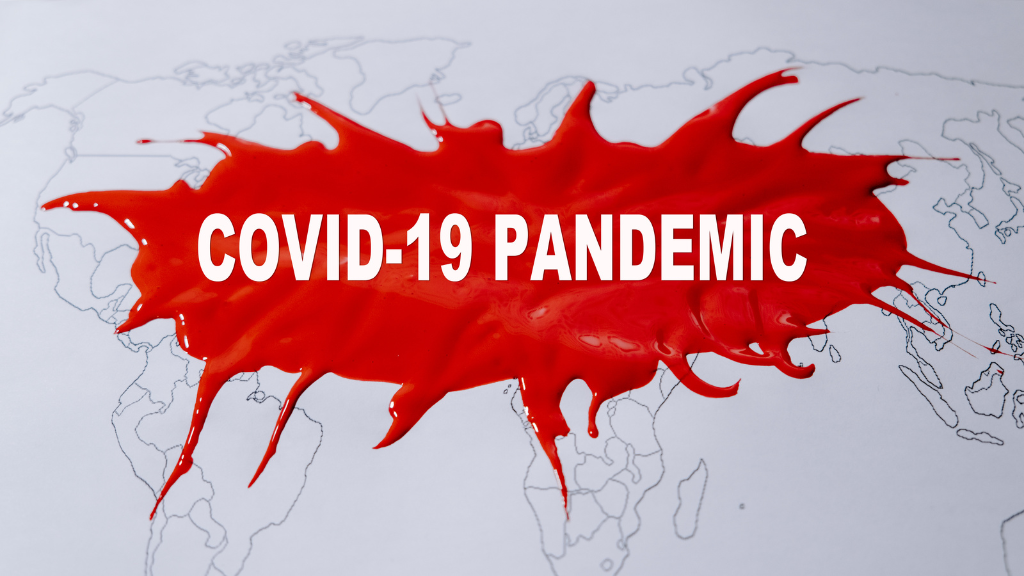Facts about Period in Covid-19 Pandemic.
Covid-19 pandemic has affected almost every sector. Lockdowns closed business shutters made it difficult for ordinary people to get the fundamental essentials. One of the impacts of the pandemic is on women during the menstruation cycle. Let us go through the facts about the Period in the Covid-19 Pandemic from UNICEF and UNFPA.
Fact 1:
Myth: Menstruation is a symptom of Covid-19.
Menstruation is a process through which blood and other materials discharge from the vagina. Women who menstruate are a sign of a healthy body. The word ‘Menstruation’ holds many social stigma and taboos. While menstruating, women have to go through various challenges that PMS causes. Mood swings and Period cramps worsen the situation for women during periods.
After the Covid-19 pandemic outbreak, people started creating a myth that “Menstruation is a sign of Covid-19.’ Women who menstruate are likely to spread the infection. However, there is no explanation by the medical experts, but it is increasing the stigma related to the menstruation cycle.
Fact 2:
Shortage of menstrual hygiene products to the Health Workers.
During the menstruation cycle, the essential items that women need are Sanitary Napkins, Tampons, Menstrual Cups, Reusable sanitary napkins, and soap. Due to economic disruptions, women and girls find it difficult to get easy access to menstrual products during periods. The study reveals that around 70% of women doctors work day and night during this pandemic situation.
It becomes very challenging for women to wear PPE kits during periods because putting on and removing the PPE kits stop women from changing the period hygiene materials. Hence, women doctors bleed into the PPE kits, discontinue the menstruation cycle using oral contraceptive pills, or rest at home. Even the patients in the hospitals and quarantine need menstrual hygiene products during periods. Quick action must be required to make the period products available for our women health care workers and patients to make period days easier during the pandemic.
Fact 3:
Poverty is making the situation challenging for easy access to period products:
People living in rural and slum areas were already facing challenges related to easy access to period products. As there is a lockdown scenario everywhere due to the outbreak of covid-19, stores and public transport are closed, rising cost and increasing economic uncertainties are becoming a hurdle for women to get the period products during Menstruation Cycle. Some reports reveal that women are forced to prioritize food and water over personal care items. Such a scenario creates a tension that women are exposing themselves to various menstrual disorders due to lack of period product availability.
Fact 4:
Maintaining Menstrual Hygiene has an impact on covid-19.
Menstrual Hygiene is an essential task for women during periods. Availability of water, soap, and hygienic services are necessary for maintaining Menstrual Hygiene. Women in some areas face a shortage of soaps and cleansing materials that create a problem in maintaining Menstrual Hygiene.
Fact 5:
Pandemic is creating a hurdle in the flow of information about periods.
Many organizations provide period education to women. The pandemic has disrupted the flow of information about Period health and Hygiene. We must think out of the box and find different ways to educate more and more people about menstruation and break the stigma and taboos.
Concluding the topic:
Covid-19 has created a severe impact on the Menstruation cycle. The myth that the menstruation cycle is a symptom of covid-19 infection increases the stigma related to Period. The lockdown scenario is becoming a hurdle between women and Period products. Women health care workers are facing the unavailability of period products. To combat this situation, one needs to find an alternative solution to save women from various menstrual disorders.
References:
Click here to read more blogs.


